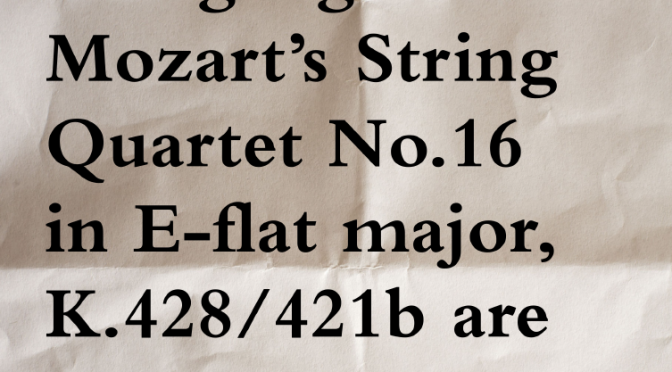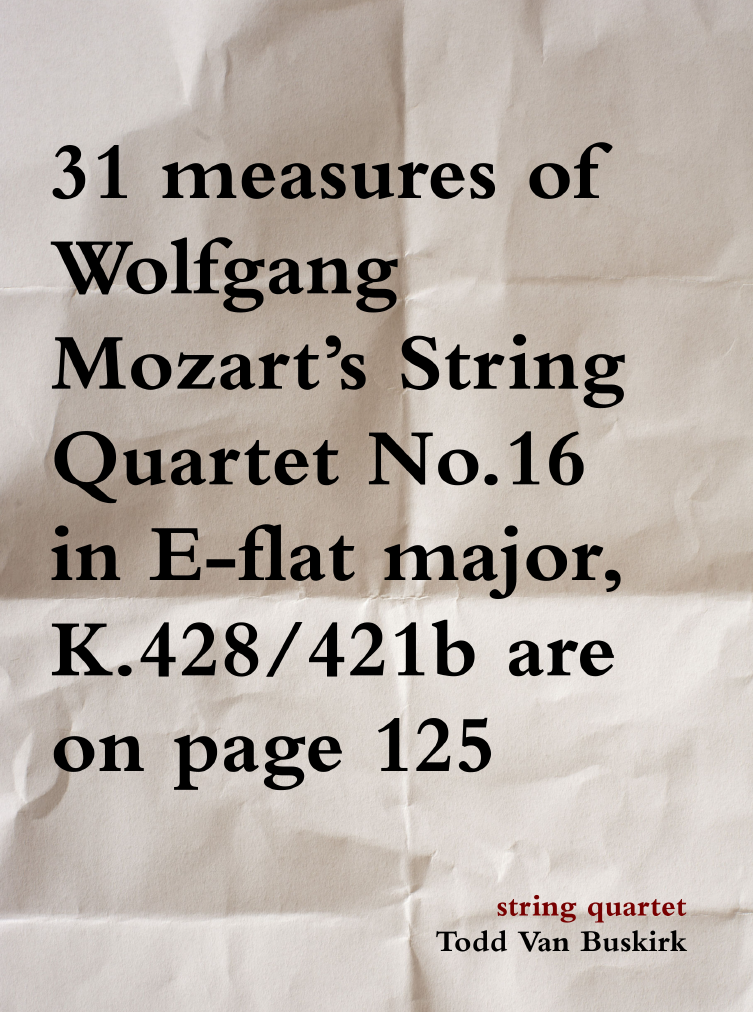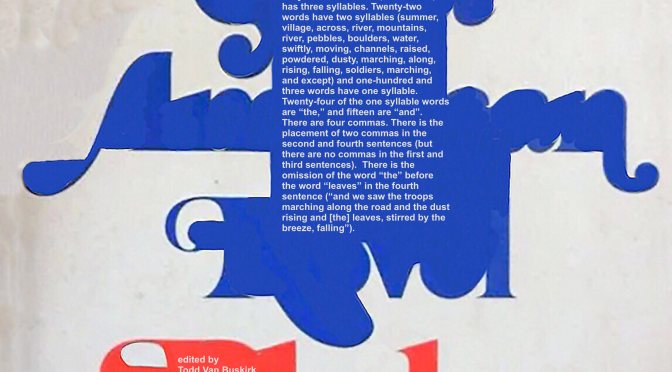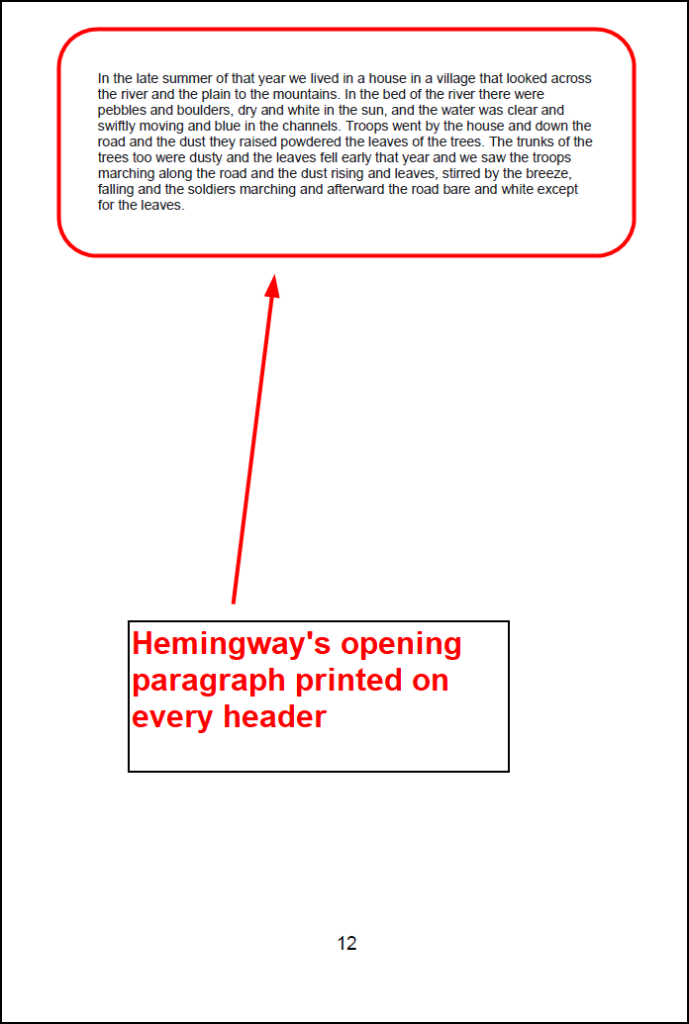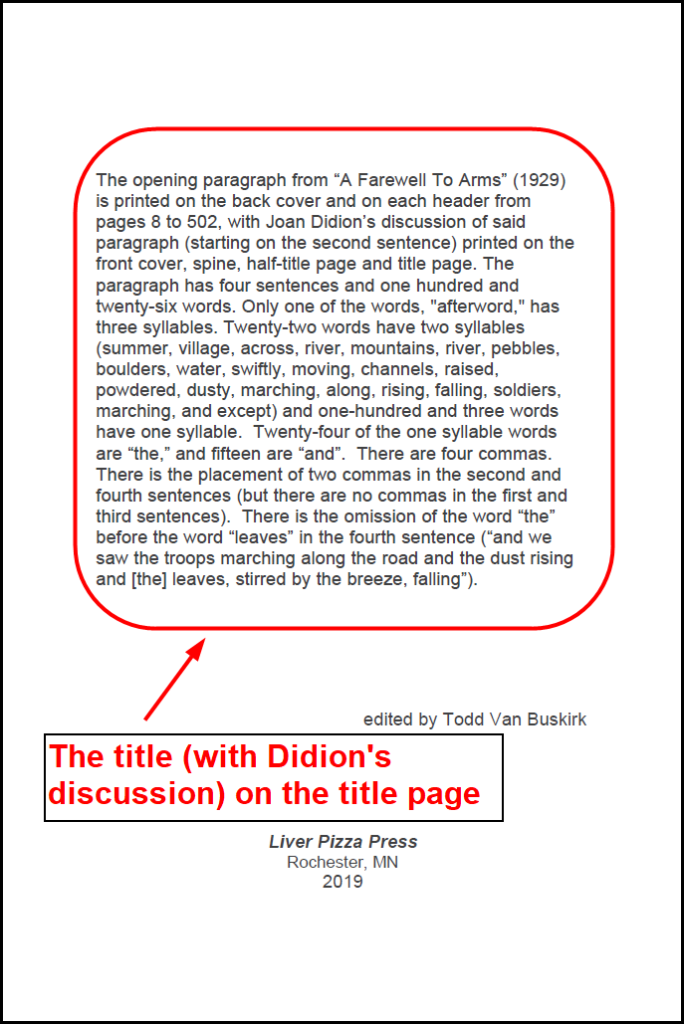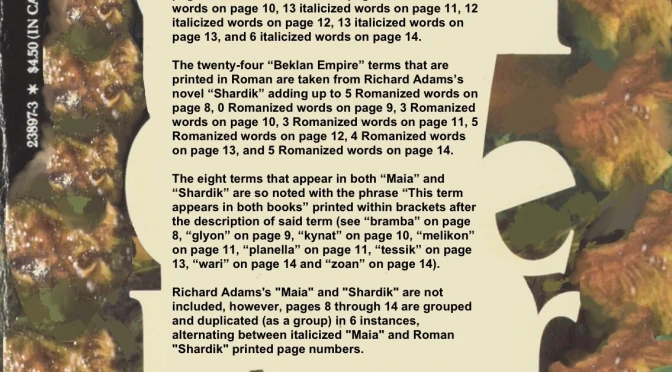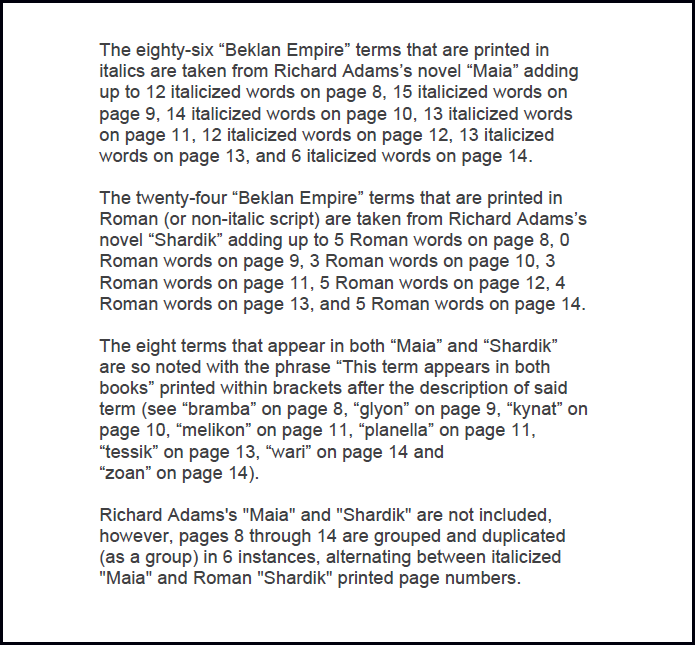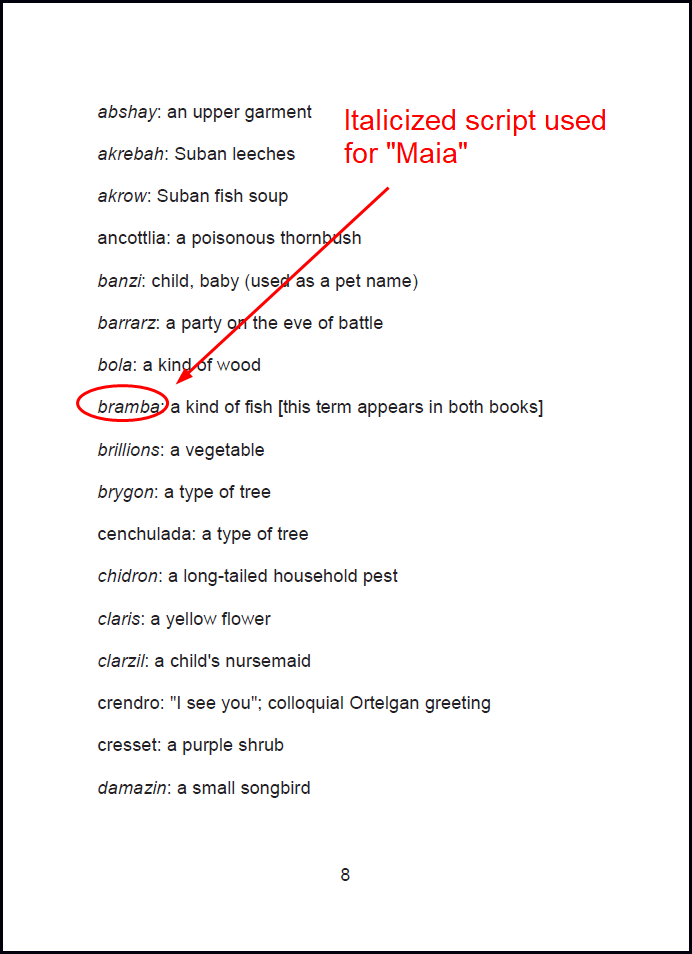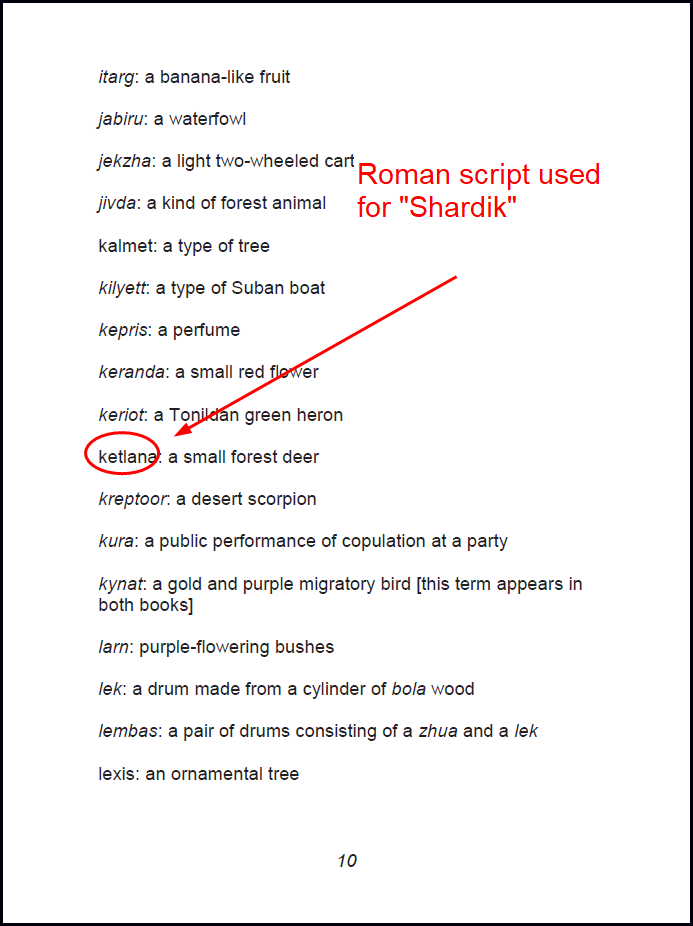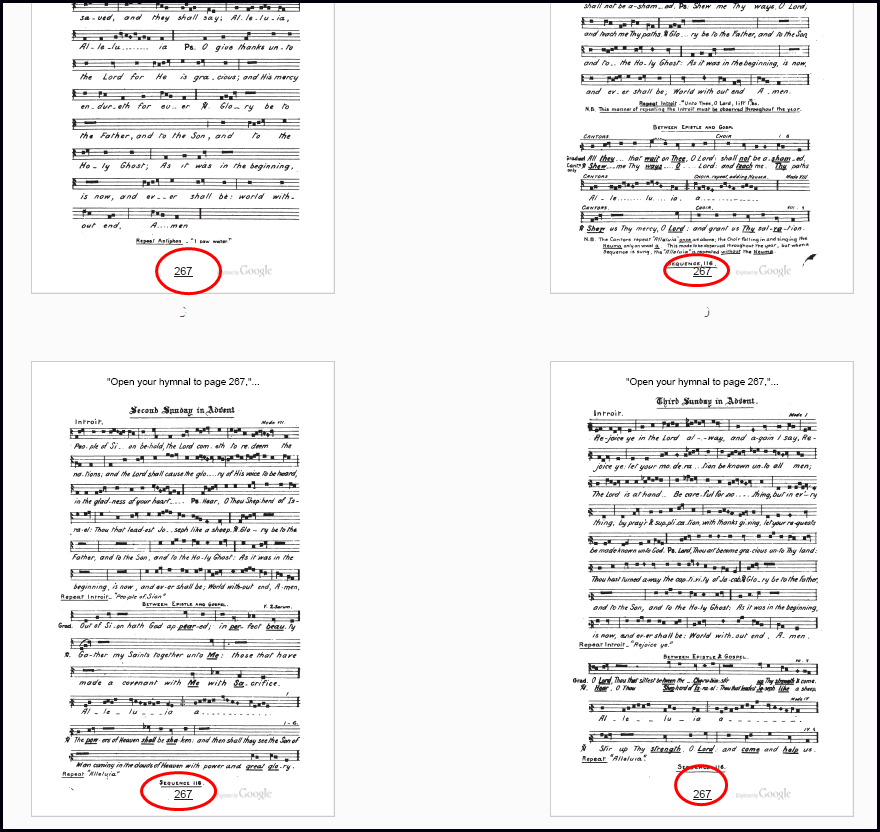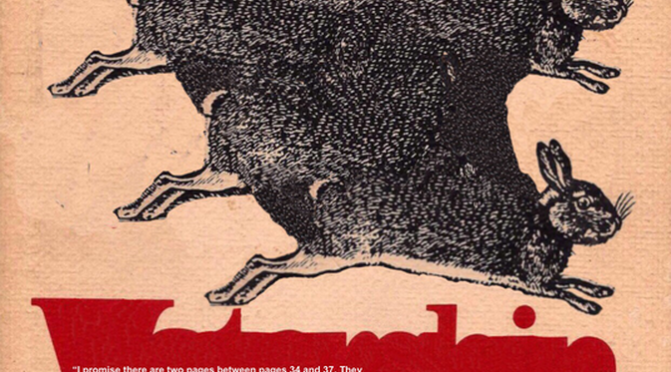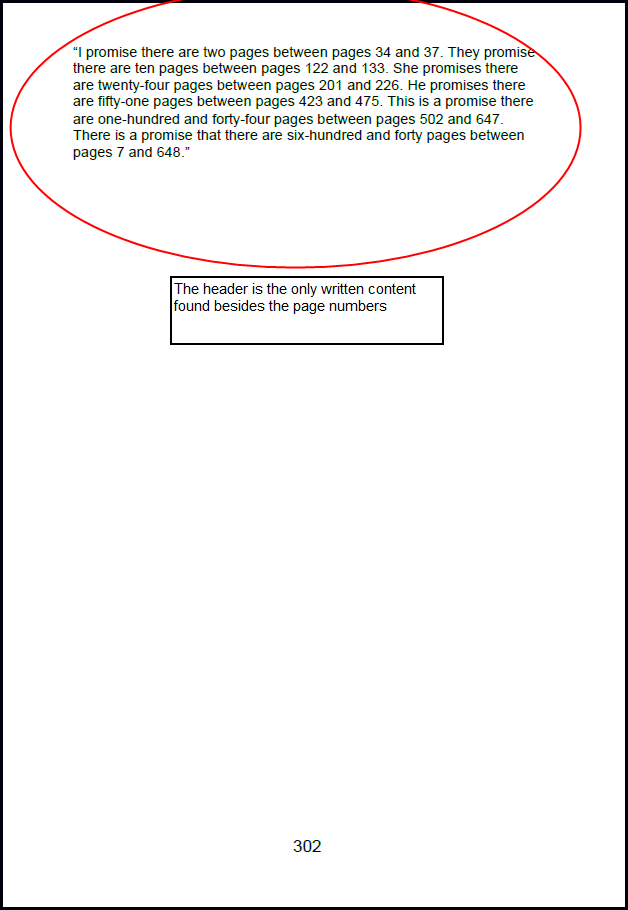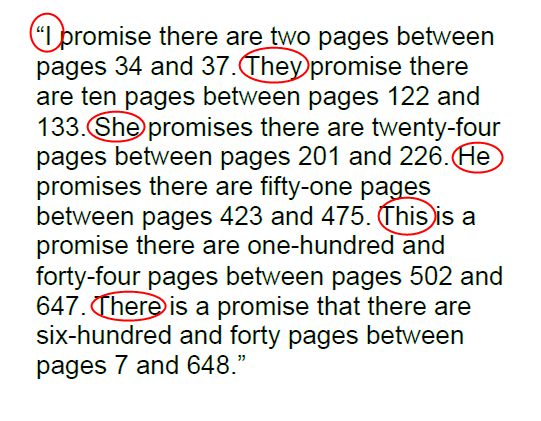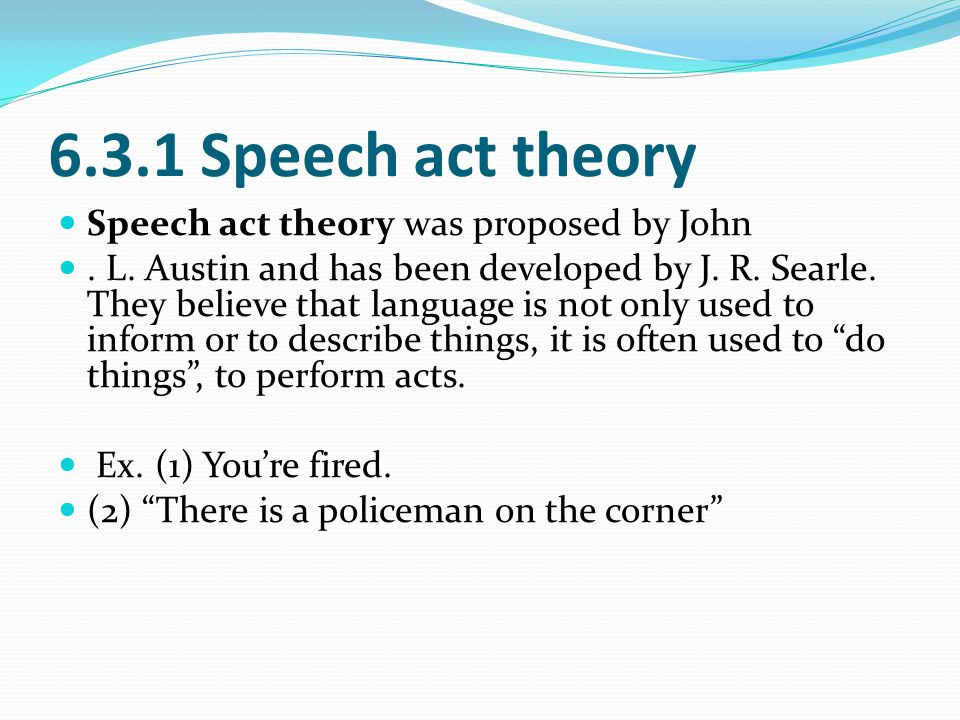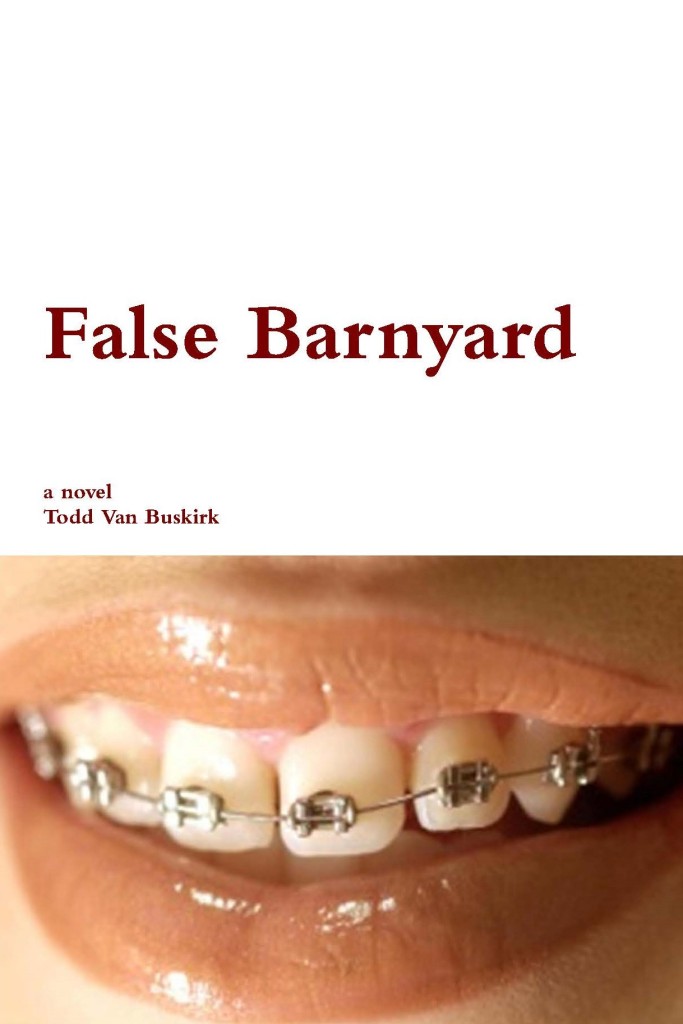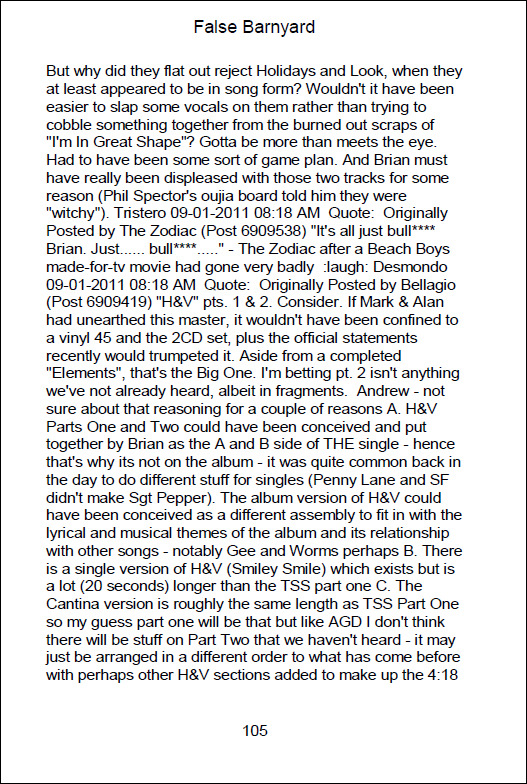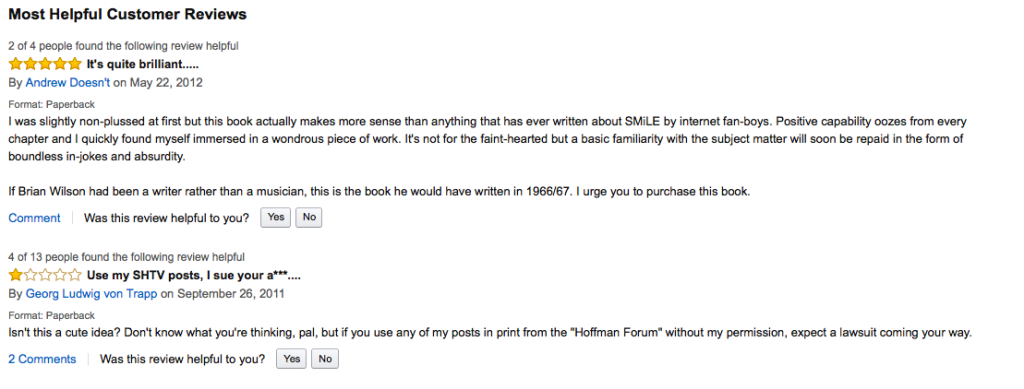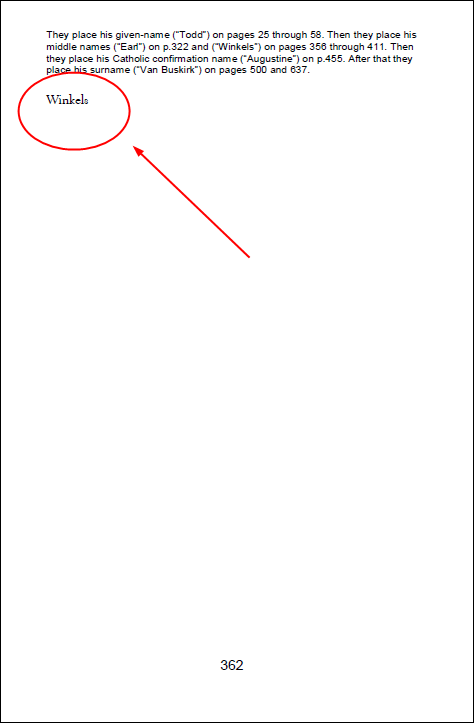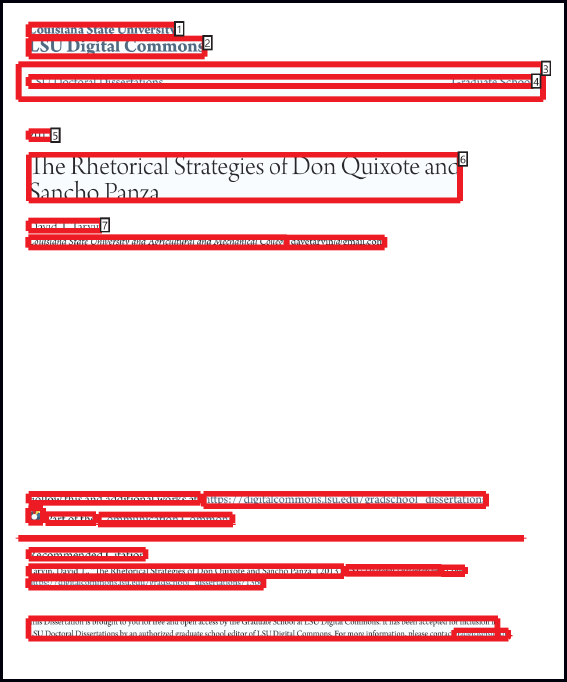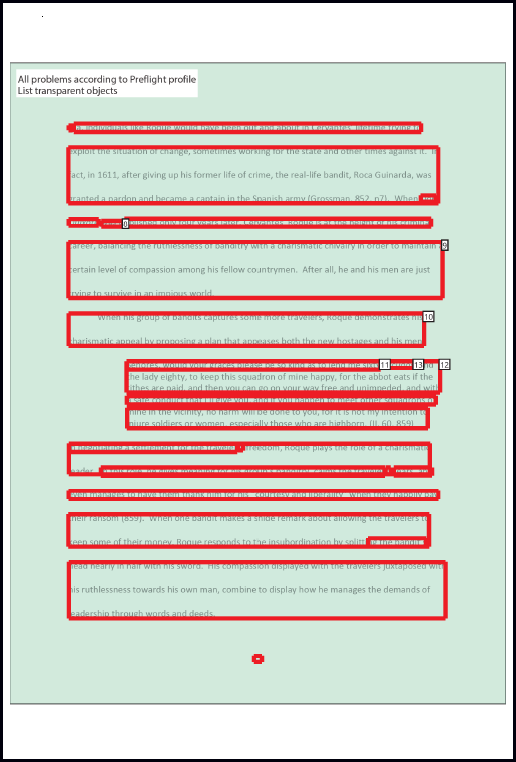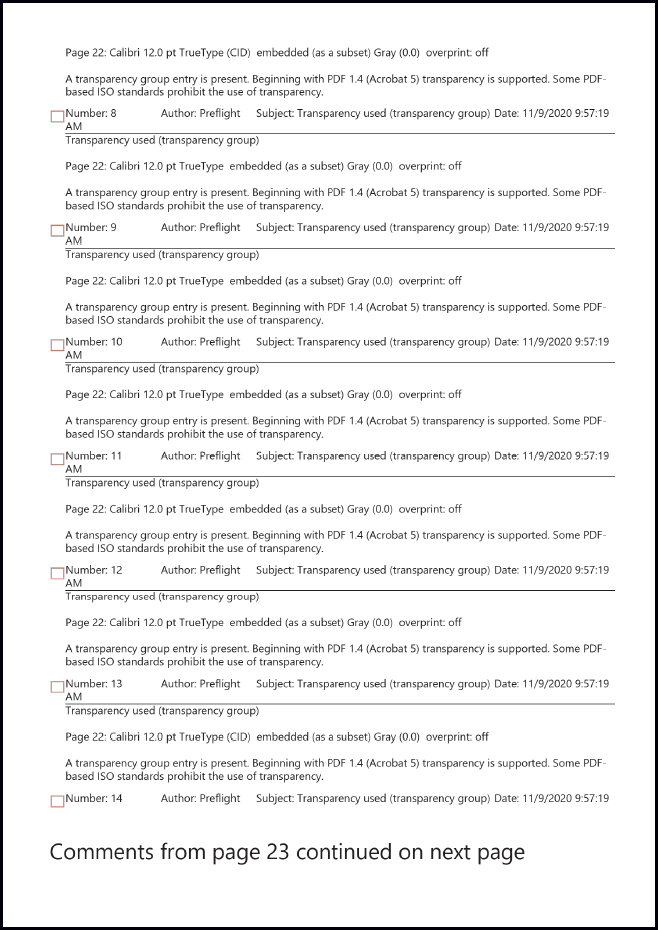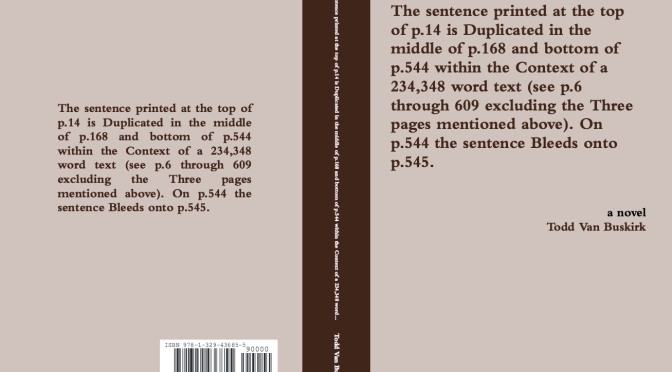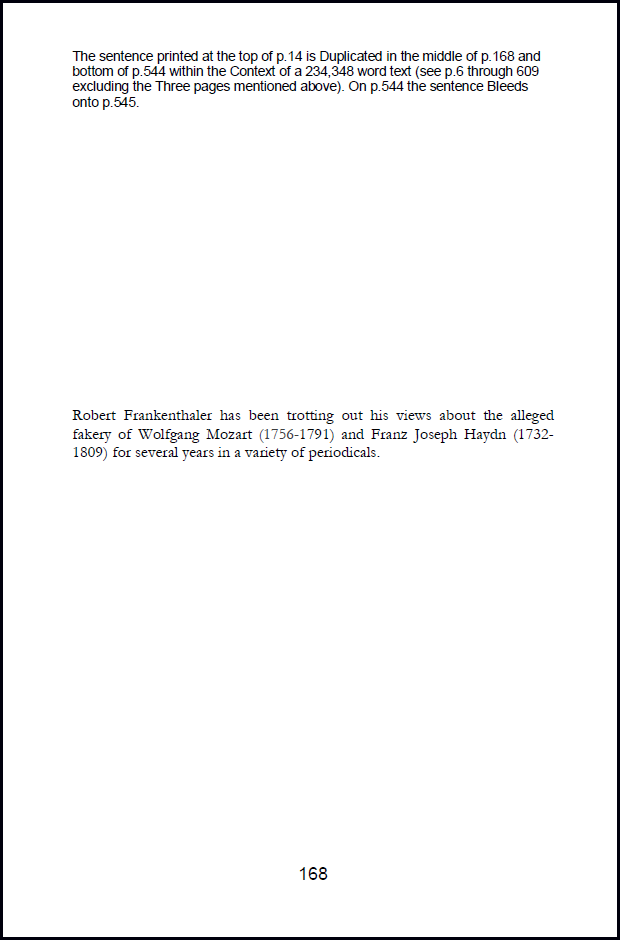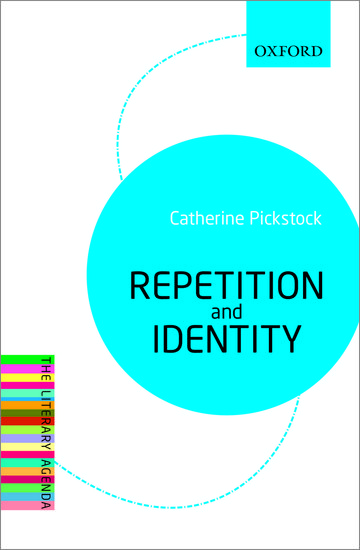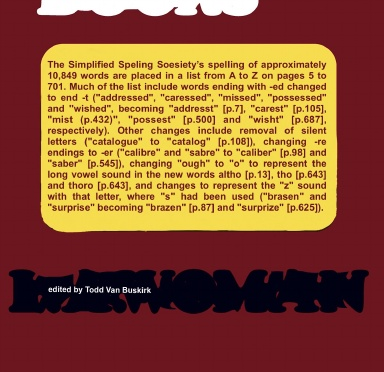In contemplating the title of Todd Van Buskirk’s string quartet, which functions as both a descriptor and an instruction, it’s worth considering that in technical instructions, it’s essential to maintain concise wording.
Additionally, organizing the instruction in a way that allows readers to locate and follow each step easily enhances usability and effectiveness. By emphasizing clarity, logic, and accessibility in written instructions, individuals can ensure that their intended message is communicated effectively, mirroring the meticulous approach evident in Van Buskirk’s string quartet.
Entitled “31 Measures of Wolfgang Mozart’s String Quartet No.16 in E-flat major, K.428/421b is on p.125,” this composition stands as a fusion of music and meta-commentary, inviting performers and scholars alike to consider.
At first glance, the title itself appears to be a mere descriptor, indicating the location of a specific excerpt within Mozart’s renowned String Quartet No.16. Rather than serving solely as a guide to locate the designated measures, the title is also a set of instructions guiding the performer or reader to the designated musical passage. To further emphasize this the title is also printed as a header on every page.
The title, “31 Measures of Wolfgang Mozart’s String Quartet No.16 in E-flat major, K.428/421b is on p.125,” assumes a structural significance evoking parallels to poetic form. Page 125, designated as the locus of these measures, assumes a pivotal position within the score, analogous to a focal point in a literary composition, where thematic elements converge.
The recurring header, echoing the title throughout the book, mirrors the refrain of a poetic verse, through the textual landscape with a rhythm akin to poetic meter. The interplay between the title, the location of the measures, and the book’s construction underscores a deliberate editing of elements reminiscent of poetic structure.
In essence, the score becomes a self-referential artifact. Each repetition of the title serves as a motif, thereby imbuing the excerpt of Mozart’s quartet with a sense of self-awareness. The act of locating the designated measures on page 125 becomes an integral component of the performance, transforming the physical score into a stage for artistic expression, like performance art.
Moreover, Van Buskirk’s quartet challenges established notions of authorship and interpretation within the classical canon. By prominently featuring Mozart’s work in its title, the composition establishes a dialogue with the historical legacy of the renowned composer. Yet, it simultaneously asserts its own identity, asserting Van Buskirk’s creative agency in reshaping the musical landscape.
But what lies beyond the confines of these 31 measures? Is it a mere fragment of Mozart’s larger masterpiece, or does it contain within it the essence of the entire quartet, distilled into its purest form? The answers, perhaps, lie in the interpretation of the performers and the imagination of the listener.
In performance, Van Buskirk’s quartet presents a formidable challenge to musicians. One interpretation of the score may indeed involve strict adherence to the music contained within the designated 31 measures on page 125. In this approach, performers focus solely on the notes and markings presented within this confined space, treating the surrounding text as ancillary to the musical experience.
However, an alternative interpretation may advocate for a more expansive engagement with the score, incorporating the surrounding text as an integral component of the performance. In this interpretation, the instructive text serves as a catalyst, providing context, narrative cues, or conceptual guidance, wherein performers collaborate with actors, dancers, or visual artists to create a multi-dimensional performance experience.

But why page 125? What significance does this specific page hold in the grand tapestry of the quartet?
It is intriguing to consider the potential numerological significance of the number 125.
According to numerological interpretations, the number 125 resonates with energies of building, business, and leadership. With its foundation number being 8, symbolizing authority and material accumulation, and its constituent digits 1, 2, and 5 representing independence, cooperation, and freedom, respectively, the number 125 embodies a complex blend of qualities that mirror the composition’s multifaceted nature.
Those whose personality number aligns with 125 tend to exude qualities of authority, self-sufficiency, and cooperation, mirroring the composition’s directive nature while fostering collaborative efforts. Similarly, individuals whose destiny number incorporates 125 cherish their ability to oversee projects comprehensively, valuing independence yet welcoming teamwork when it serves the greater purpose.
For the number 125, potential negative connotations may arise from an overemphasis on control, rigidity, or an excessive focus on independence to the detriment of collaboration.
Individuals influenced by the energy of 125 may sometimes struggle with issues of authoritarianism, insisting on their own way without considering the perspectives of others. This can lead to conflicts within collaborative endeavors, as their strong sense of independence may hinder effective teamwork and cooperation.
Additionally, the energy of 125 may manifest as a tendency towards stubbornness or inflexibility, making it difficult for these individuals to adapt to changing circumstances or alternative viewpoints.
In this sense, the composition’s designation of page 125 as the locus of convergence between text and music aligns with these numerological attributes, suggesting a deliberate orchestration of energies that prioritize organization, efficiency, and collective endeavor.

Throughout the history of music, composers have often embedded hidden messages, cryptic symbols, and personal narratives within their scores. Composers like Alban Berg and Arnold Schoenberg, pioneers of the Second Viennese School, frequently employed techniques such as serialism and tone row manipulation to encode hidden meanings within their compositions.
In Berg’s “Lyric Suite,” for example, scholars have identified coded references to his secret love affair with Hanna Fuchs-Robettin through musical motifs and numerological patterns.

Similarly, Arnold Schoenberg, known for his pioneering atonal compositions, employed techniques such as serialism and dodecaphony to encode intricate mathematical patterns and structures within his music.
Beyond the Second Viennese School, composers across genres and eras have employed similar techniques; from Johann Sebastian Bach’s use of musical cryptograms in his compositions to Dmitri Shostakovich’s subtle protests against the Soviet regime in his symphonies, hidden messages in scores serve as windows into the composers’ inner worlds, inviting listeners to decipher the secrets woven into the fabric of their music.
Todd Van Buskirk’s composition, with its enigmatic title and singular focus on page 125, resonates with the numerological essence of 125, embodying qualities of authority, independence, and efficiency.
